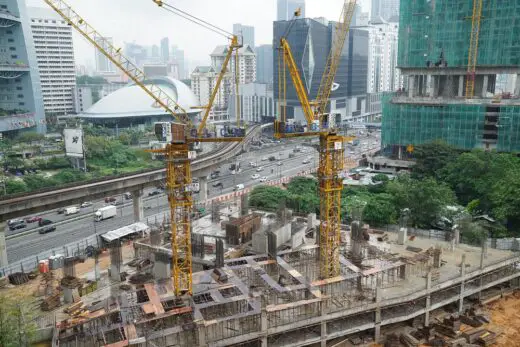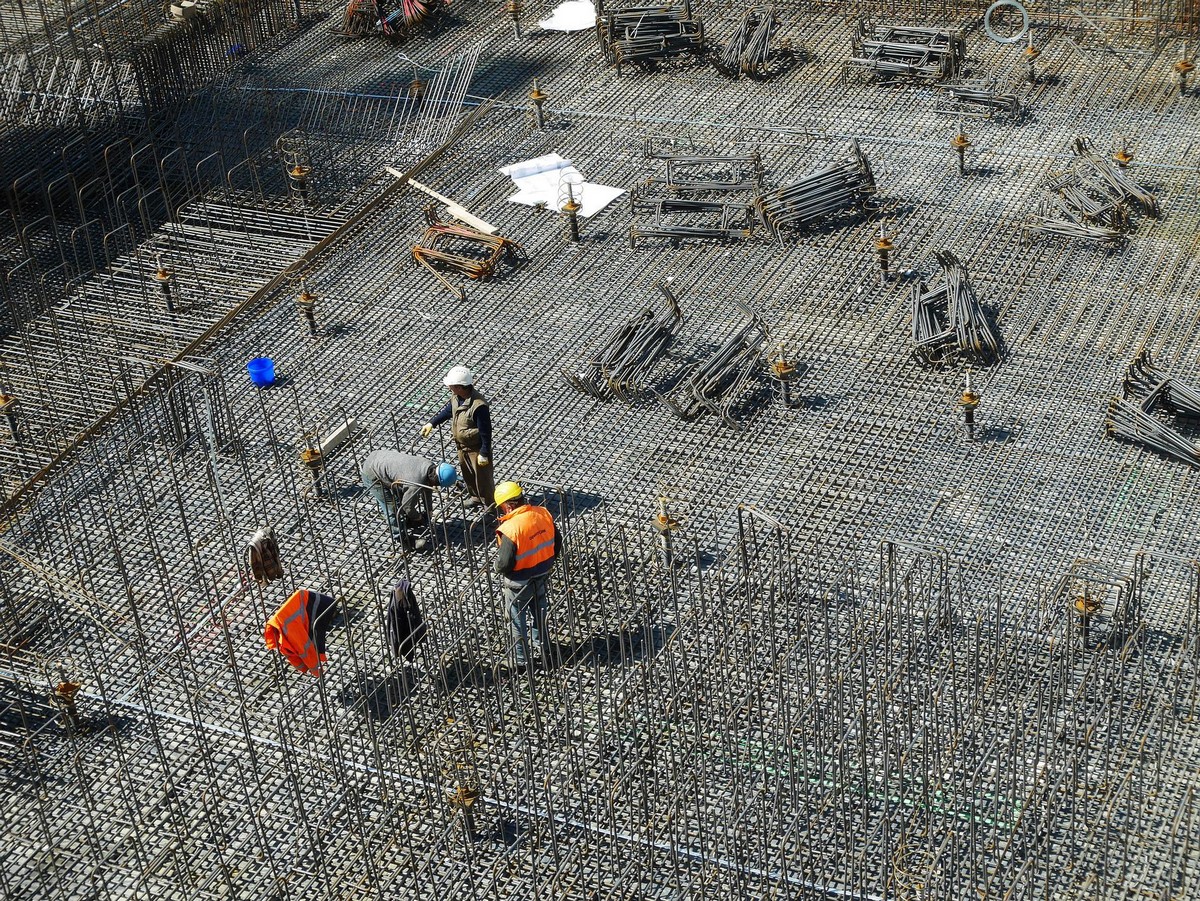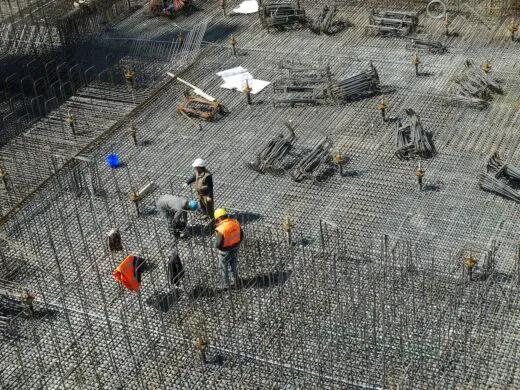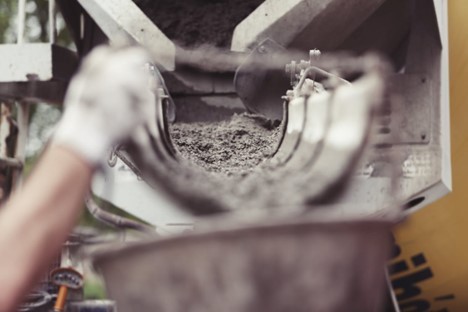Impact of technology on the construction industry guide, NZ building site tips, New Zealand property contractor advice
The Impact of Technology on the Construction Industry
15 Jun 2022
The construction industry has been deeply affected by technological advancements. In the past, much of the work in the construction industry was done by hand, making the process very slow and labor-intensive. With the advent of new technologies, such as 3D printing, drones, and robotic equipment, the construction industry can work much faster and more efficiently.
You cannot forget about the importance concrete slabs have played in the construction industry. They are one of the most commonly used construction materials, and for a good reason. Concrete slabs are very strong and durable and can withstand a lot of wear and tear. However, they can be pretty heavy and difficult to work with. This is where new technologies come in handy.
Construction technology has advanced in leaps and bounds in recent years, and construction companies can now offer a much wider range of services than ever before. One of the most popular services that construction companies now offer is residential construction. Residential Construction Receipt Invoices Templates are needed for both new home construction and remodeling existing homes.
This industry has been historically male-dominated; however, with the help of new technologies, women can now participate in the construction industry more than ever before. New technologies have enabled women to work in all aspects of the construction process, from design and engineering to project management.
Different technological devices help with construction, namely:
- 3D Printers: 3D printers create three-dimensional objects from a digital file. They are often used to develop prototypes or small batches of products. 3D printers can be used in the construction industry to create model homes or buildings.
- Drones: Drones are unmanned aerial vehicles that remote pilots control. They can be used for various purposes, such as photography, surveillance, and delivery. In the construction industry, drones can survey land or inspect hard-to-reach areas.
- Robotic Equipment: robots in construction industry are used to perform complex or dangerous tasks for humans. According to Robotnik, mobile robots and mobile manipulators are good allies in the construction industry to weld, paint, or lift heavy objects, among other tasks.
The use of technology in the construction industry has led to many improvements in how construction projects are completed. Project management software, for example, allows construction managers to track the progress of a project and make sure that it is on schedule. GPS tracking devices can track the location of construction workers and equipment.
The Impact of Technology on the Construction Industry Guide
Below is the impact of technology on the construction industry:
- Increased accuracy and precision that is now possible
Construction staff had to rely on their own experience and intuition to build safe and sound structures. With today’s technology, such as 3D printers and robotic equipment, construction workers can create exact and accurate structures. This increased accuracy and precision means construction workers can build safer and more reliable structures.
- Increased speed at which construction projects can be completed
It could take months or even years to complete a large construction project. With today’s technology, such as drones and 3D printers, construction projects can be completed much faster. This is especially beneficial for emergencies, such as natural disasters, where fast and reliable construction is essential.
- The ability to build more complex and intricate structures
In the past, the construction of complicated structures was often impossible due to the limitations of technology. With today’s technology, such as 3D printers and robotic equipment, construction workers can build much more complex and intricate structures. It means that construction workers can now build structures that were once thought impossible.
- Increased safety for construction workers
Construction work was often hazardous, with a high risk of injury or death. With today’s technology, such as drones and robotic equipment, construction workers can now work from a safe distance, which significantly reduces the risk of injury or death.
- The ability to work in difficult-to-reach places
Construction workers often had to put themselves in danger by working in difficult-to-reach areas, such as high up on buildings or bridges. With today’s technology, such as drones and robotic equipment, construction workers can work safely from the ground.
- The ability to recycle and reuse construction materials
Construction waste was often thrown away, resulting in much waste and pollution. With today’s technology, such as 3D printers and robotic equipment, construction workers can recycle and reuse construction materials. This helps to reduce waste and pollution and is better for the environment.
- The ability to build custom-made structures
Construction workers often had to make do with the available standard construction materials. With today’s technology, such as 3D printers and robotic equipment, construction workers can now create custom-made structures tailored to the project’s specific needs.
- The ability to monitor construction projects remotely
Construction workers had to be on-site to monitor construction projects. With today’s technology, such as drones and 3D printers, construction workers can monitor construction projects remotely. This allows construction workers to be more flexible and to work on multiple projects simultaneously.
- The ability to create virtual models of construction projects
Construction workers often had to rely on their experience and intuition to plan construction projects. With today’s technology, such as 3D printers and virtual reality, construction workers can now create virtual models of construction projects. It allows construction workers to plan and design projects more accurately, which leads to better-quality results.
- The ability to work with other professionals to create a cohesive construction team
In the past, construction workers often worked alone or in small groups. With today’s technology, such as 3D printers and virtual reality, construction workers can work with other professionals, such as architects and engineers, to create a cohesive construction team. It allows for better communication and collaboration between all team members, which leads to better-quality results.
Conclusion
The construction industry has changed a lot in recent years, thanks to technological advances. Construction workers can now build more complex and intricate structures, work from a safe distance, recycle and reuse construction materials, and create custom-made structures. Additionally, construction workers can monitor projects remotely, create virtual models of construction projects, and work with other professionals to develop a cohesive construction team. These technological advances have made the construction industry more efficient and led to better-quality results.
Comments on this guide to Impact of technology on the construction industry projects are welcome.
Construction
Construction Safety Posts
Construction Site Equipment Every Contractor Needs

Why Construction Safety Is Important
Best practices to improve construction site safety
Safety rules and responsibilities for construction sites
Building Design
Architecture
Comments / photos for the Impact of technology on the construction industry advice page welcome







